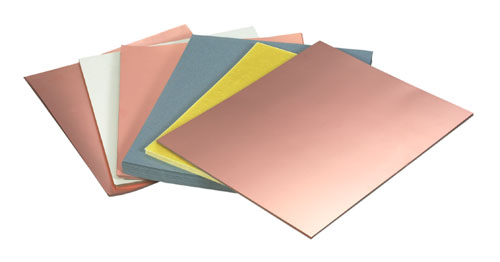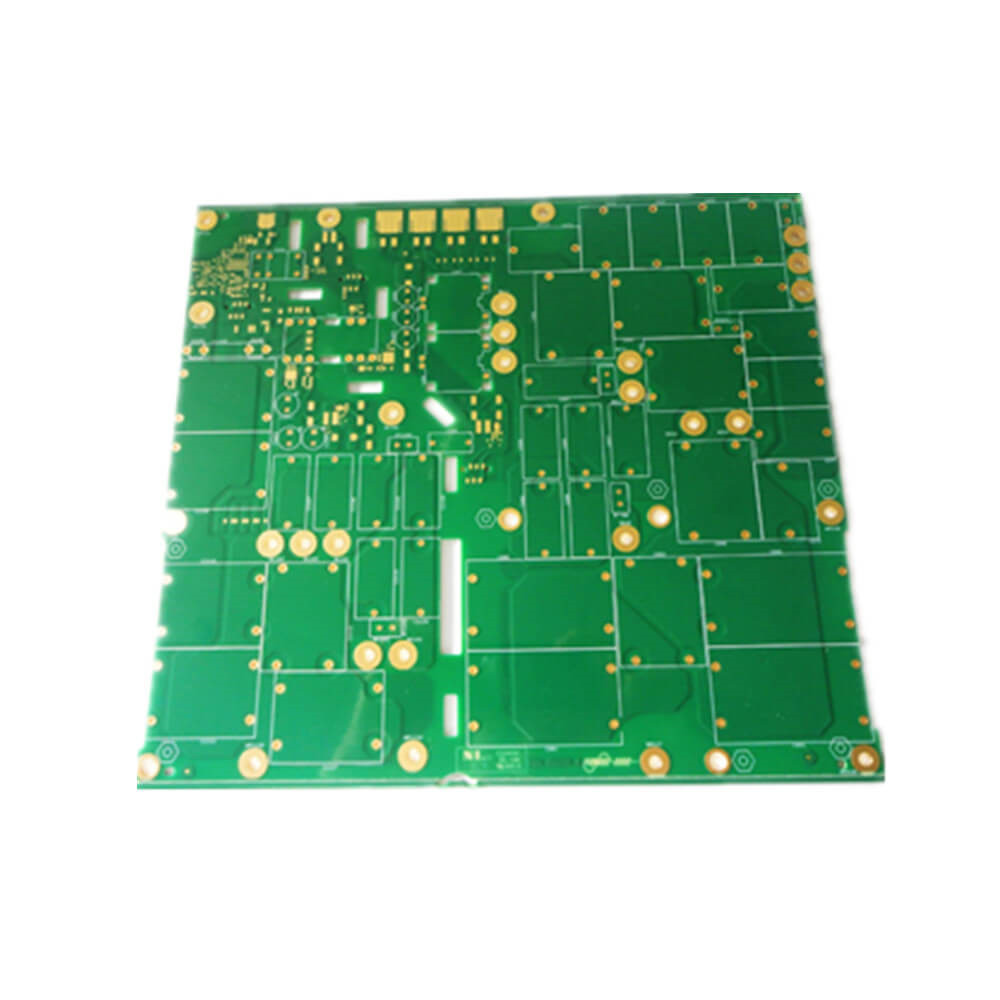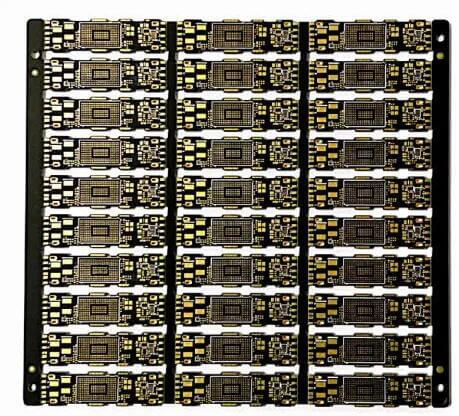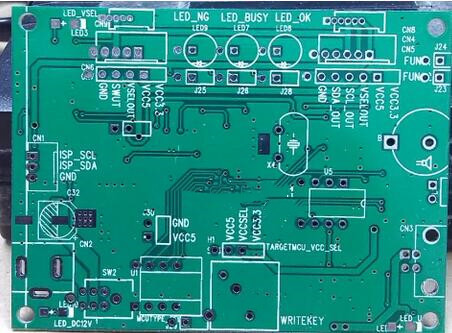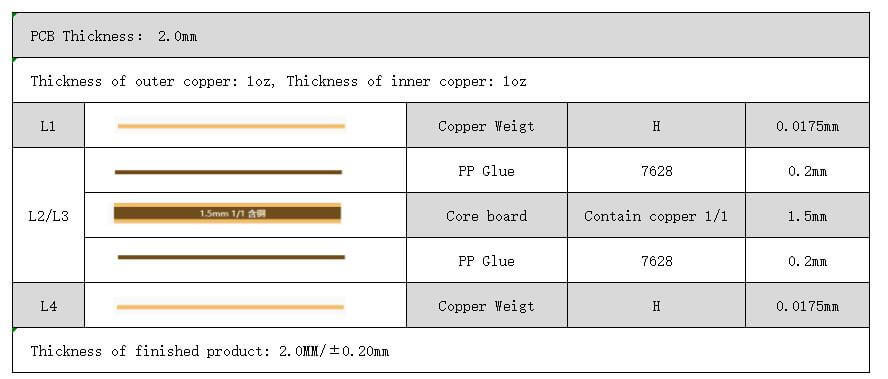The currently available PCB cleaning processes include water-based cleaning, semi-aqueous cleaning, solvent cleaning, and no-clean process. We have discussed the first 3, today we will introduce no-clean process.
What is a No-clean Process?
The no-clean process refers to the quality and process control of raw materials such as printed circuit boards and electronic components. The alternative process has the characteristics of cost generation, low production and operation costs, and environmental friendliness. For enterprises with a higher degree of automation, larger production scale, and less demanding requirements for post-weld product reliability performance indicators, switching to the no-clean process is most suitable. Moreover, switching to the no-cleaning process saves the cost of cleaning equipment, cleaning agents, etc., which can greatly reduce operating costs.
Key issues that should be solved by using no-cleaning technology
- Evaluation of the selection of flux/solder paste used;
- Failure to adjust and control the production process;
- Quality control of raw materials.
Selection and evaluation of flux/solder paste to be used
Selecting and evaluating the amount of flux/solder paste is the primary task to be solved when developing and implementing a no-clean process. It must be ensured that the residue of flux/solder paste after soldering will not affect the reliable performance indicators of electronic products. The practice has proven that weak organic acid fluxes with low solid content and rosin flux with medium, low activity, and low residual content can meet the requirements of reliability performance indicators of electronic products. Generally, printed circuit boards of electronic products can use RMA-type rosin flux with low activity and residue. This type of flux has no special requirements for the welding environment, but please note that it still has a lot of post-soldering residue, so it is not recommended. Suitable for use on circuit boards treated with three-proof coating or surface encapsulated. Circuit boards that need to be treated with three layers of protection or other surface protection treatments should use weak organic acid flux with low solid content because this type of flux leaves less residue after soldering and has a negative impact on the interface between the surface coating and the circuit board—minimal impact on adhesion. However, most of these fluxes have poor anti-oxidation effects on circuit boards and components during preheating. So, the welding process should be carried out under nitrogen protection when using this type of flux. Taking nitrogen protection measures can not only prevent the oxidation of circuit boards and components during the preheating process, but also improve the wetting performance of welding, reduce the formation of solder balls, and improve welding quality.
Adjustment and control of production processes
Due to the use of no-clean flux/solder paste, the welding process and process parameters will inevitably change, including increasing the use of nitrogen as protective gas, adjusting the temperature change curve, and changing the flux application method (switching to spray application), strengthen the monitoring of flux and lead-tin solder composition, change the installation method of electronic components, the transmission and installation method of printed circuit boards, etc. For example, in the transmission and installation of electronic components and printed circuit boards, mechanized automatic transmission and installation are used instead of manual operations, thereby avoiding the adverse effects of hand sweat and fingerprints on the reliability of printed circuit boards. By adjusting the temperature curve in the wave soldering machine and the reflow soldering machine, the flux activity can reach the optimal state just before welding, thereby improving the soldering quality. In addition, as mentioned earlier, for printed circuit boards with higher reliability requirements, nitrogen protection should also be used during welding when using weak organic acid flux with low solid content. Spray flux is used and the amount of flux applied is strictly controlled. To ensure welding quality, the amount of flux applied is reduced as much as possible, so that the amount of flux residue after welding can be kept to the lowest level. For printed circuit boards with relatively high welding reliability requirements, the control of process parameters must be more stringent. For example, the temperature curves in the wave soldering machine and the reflow soldering machine must be measured before production to make them meet the process requirements. The chemistry of lead-tin solder must be analyzed at least once and replaced immediately if found unsatisfactory. When the flux is foamed and applied, the flux must be monitored in real-time. After completing the no-clean process welding, be sure to use no-clean welding wire when performing repair welding and repair. Only by adopting an effective production process can we ensure that the use of no-clean flux/solder can achieve good welding results.
Quality control of raw materials
High-quality requirements for various raw materials are important factors affecting the no-clean process. Therefore, the quality of various raw materials must be strictly controlled when using the no-clean process. Such as controlling the cleanliness level and solderability of printed circuit boards and electronic components, the quality and stability of flux/solder, the quality of surface protection materials, the effectiveness of process control and quality management, etc. The final product will be unqualified because any link in the production process is unqualified.
Key factors to consider when choosing alternative technologies
Many factors should be considered when choosing which alternative technologies to use, and they are often mutually restrictive. Therefore, you should start from your specific actual situation and consider comprehensively to find the most suitable alternative technology. The main factors that should be taken into consideration are the following:
1. The situation of electronic products
That is to say, consider the importance of electronic products and their requirements for cleaning quality: Generally speaking, the higher the importance of electronic products, the higher the requirements for cleaning quality, such as those used in artificial satellites, aerospace instruments, undersea telecommunications, and military Equipment and electronic products involving life-related medical equipment require extremely high reliability, while daily necessities and general industrial supplies have much lower reliability requirements. The environment in which electronic products are used also has a great relationship. For example, electronic products that are often exposed to relatively harsh environments such as high temperature and high humidity must be strictly cleaned, and their ion contamination and surface insulation resistance after cleaning must be strictly controlled. Electronic equipment used on warships and ships in the marine environment should also undergo surface treatment. According to my country’s ANSI/J-STD-001B standard, electronic products are divided into three levels. The middle three types of electronic products must be cleaned and their cleanliness strictly controlled. Their contamination and surface insulation resistance should be tested batch by batch. The first category of electronic products does not require cleaning, and its cleanliness should be tested regularly. See the table below.
| Electronic Product Classification | Types and Scope of Electronic Products | Cleaning Process | Cleanliness Level |
| Category Ⅲ High Reliability Electronics | Critical commercial and military equipment such as satellites, aircraft, instruments, submarine communications, and complex industrial equipment | Must be cleaned Water-based cleaning, semi-water-based cleaning, solvent cleaning, controlled gas shielded welding | Level 1 Residual ionic contamination ≤1.5μgNaCI/cm3
|
| Category Ⅱ Durable Electronics | Such as general industrial equipment, non-life support equipment, etc. that need to work uninterrupted but are not critical equipment | Clean or no-clean Water-based cleaning, semi-water-based cleaning, solvent cleaning, controlled gas shielded welding | Level 2 Residual ionic contamination 1.5-10μgNaCI/cm3
|
| Category Ⅰ General electronics | Such as consumer electronics, office equipment | Generally not cleaned | Level 3 Residual ionic contamination >10μgNaCI/cm3 |
2. Type of flux used
The amount of flux remaining on the printed circuit board using different welding processes is also different, and the corresponding cleaning processes and types of cleaning agents are also different. Using flux with high chemical activity will increase the reliability of welding, but the residue of the flux after welding is also highly corrosive. The cleaning process and agent with a good cleaning effect must remove the residue completely. On the other hand, using flux with lower chemical activity or solid content will result in lower welding reliability. Still, the flux residue after welding will be less and less corrosive, so it can be cleaned using normal methods or even without cleaning. See the table below.
| Flux Type | Optional Cleaning Methods |
| Water-soluble flux (WS) | Water cleaning, saponification agent cleaning |
| Rosin-based flux (R RMA RA RSA) | Saponification dosage cleaning, semi-aqueous cleaning, solvent cleaning |
| Synthetic active candle auxiliary (SA) | Emulsifier water cleaning, semi-aqueous cleaning, solvent cleaning |
| No-clean flux | No cleaning required |
3. Other factors that should be considered
When considering which cleaning method and agent to use, you should also consider local conditions and find the best method. Factors that need to be considered include original cleaning process equipment and production conditions (the site conditions of the original cleaning equipment should be used as much as possible to maintain the existing production pattern and make full use of the original production conditions) considerations of safety and environmental protection requirements (non-flammable and non-explosive) Harmless to the human body and no adverse impact on the environment, it has taken an increasingly important position when considering the adoption of solutions) Consideration of cleaning expenses and costs (although the cleaning effect is good, the cost is too high and exceeds the affordability of the enterprise) Ability is often not acceptable, so it is usually necessary to choose a balance point between the cleaning effect and cost.) In addition, the choice of cleaning agent and cleaning method should also be consistent with the company’s own future development direction (such as automation level, production capacity, and technology Prospects such as upgrades) combined to make selectivity forward-looking.

